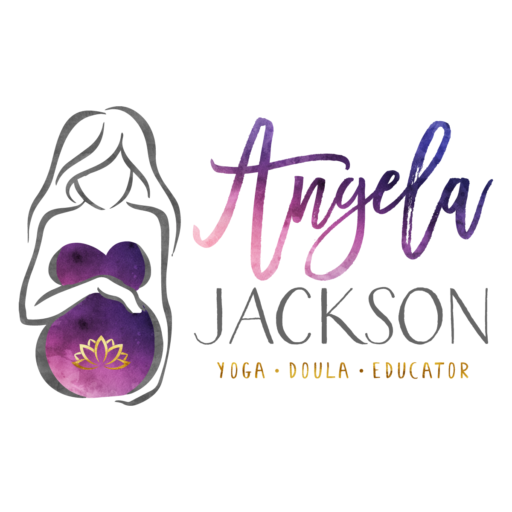Today is my son’s 10th birthday. It feels surreal that ten years has passed so quickly. It seems like just yesterday we welcomed him. I have decided to share his birth story to honour this day. It was 2009 and I was due on July 9th. It was hot, I was big (baby was estimated […]
My son’s birth





